UK PMI Services was finalized at 49.3 in September, a marginal drop from the neutral 50.0 recorded in August. S&P Global’s analysis points to persistent declines in both business activity and new ventures, and notably, the pace of job shedding is at its quickest since January 2021. However, the silver lining lies in easing inflationary pressures, marking their lowest in over two years.
Tim Moore, Economics Director at S&P Global Market Intelligence, cited reductions in non-essential business and consumer expenditure as significant dampeners on service sector activity. “A combination of elevated borrowing costs and subdued economic conditions had led to lower new business intake,” he remarked.
Decline in export sales, particularly influenced by reduced European demand, further contributed to the sector’s woes. Service providers’ response has been cautionary, with hiring significantly scaled back given the current uncertainties.
On a positive note, Moore highlighted the diminishing inflationary pressures in the sector, observing, “headline rates of inflation will continue to moderate in the coming months, with service sector input costs rising at the slowest pace for nearly two-and-a-half years.” This, coupled with the anticipation of consistent decreases in UK consumer price inflation, could potentially revive demand, instilling a sense of optimism for the future.




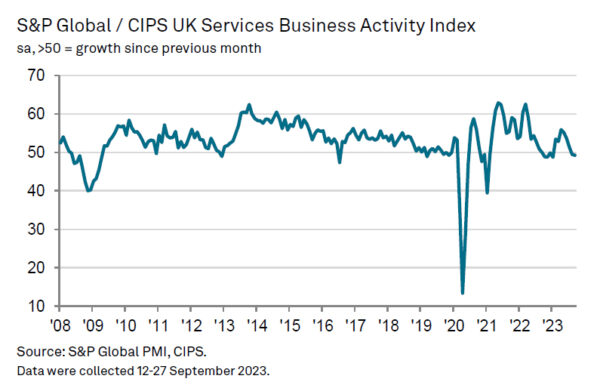
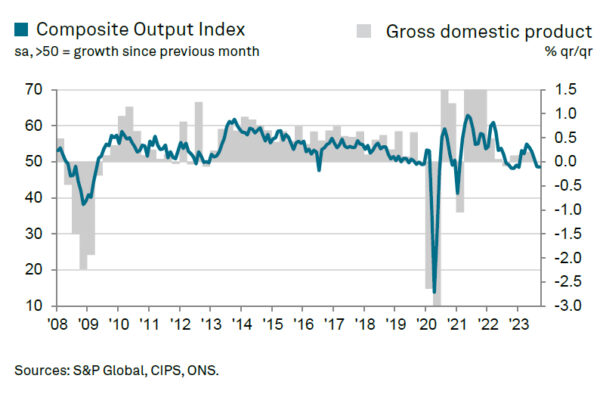
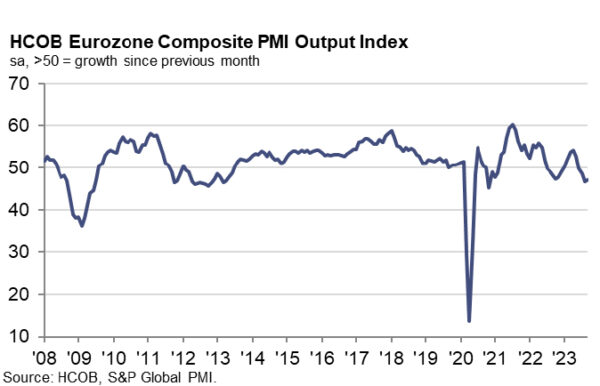
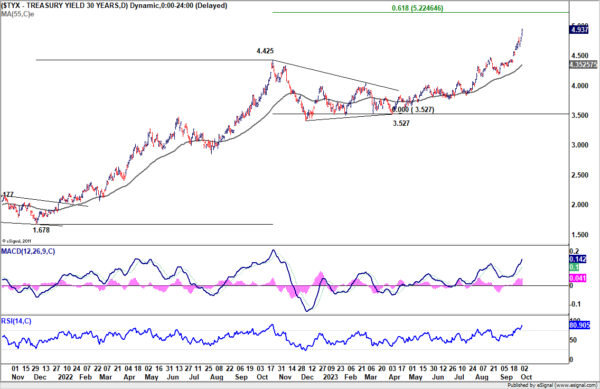
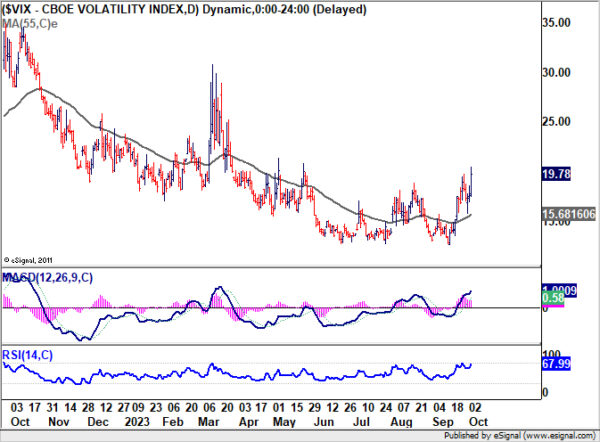
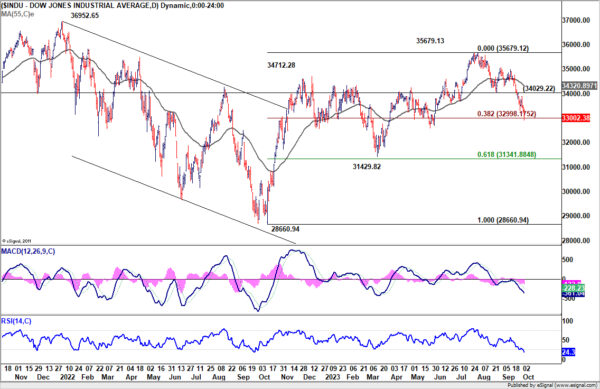
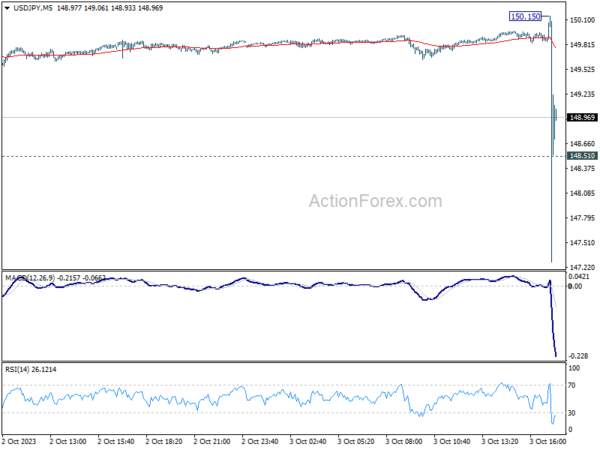
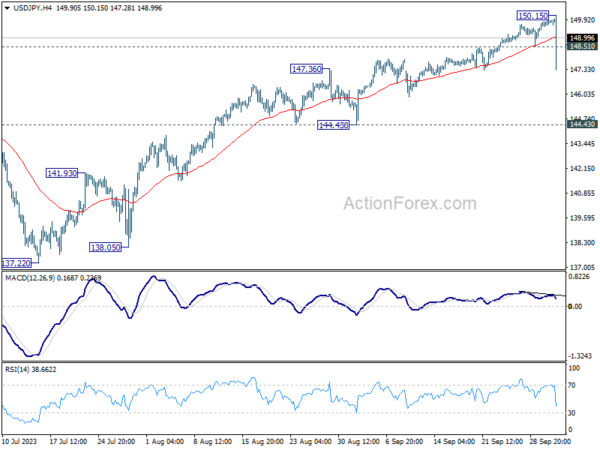

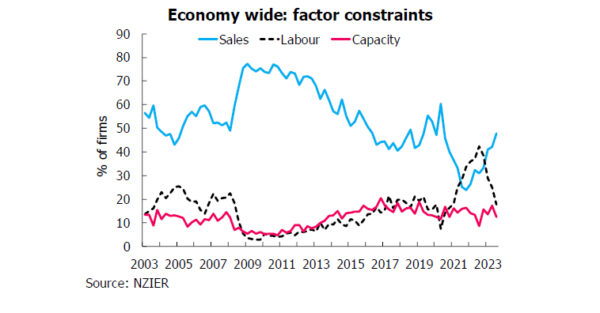
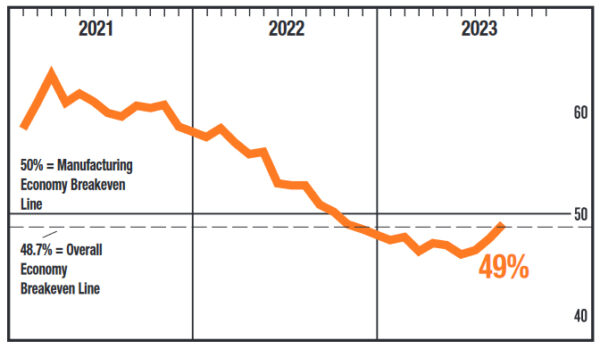
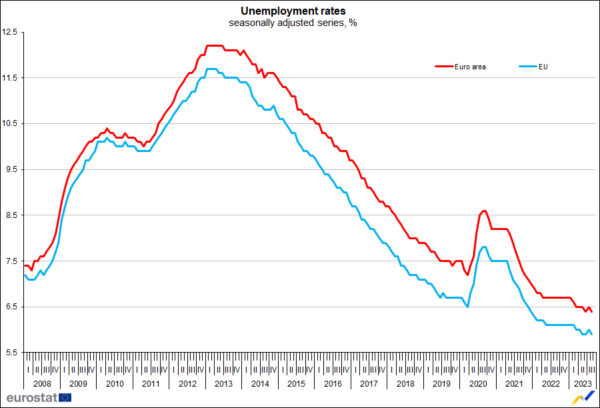
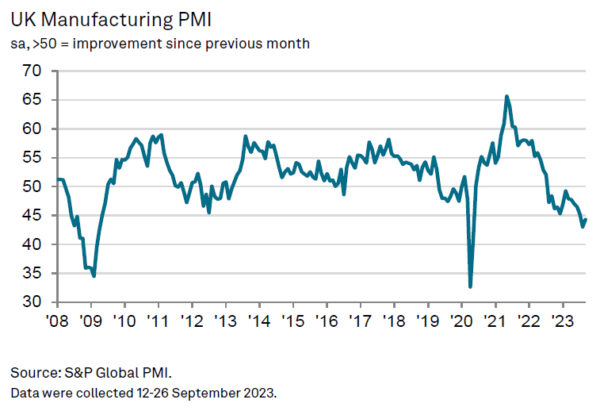

ECB’s Lagarde: Rates reached level for timely return of inflation to target
ECB President Christine Lagarde reiterated in a speech today that current interest rates are at the level to return inflation to target in a timely manner. She also laid out three criteria for future decisions.
“Based on our current assessment, we consider that the key ECB interest rates have reached levels that, maintained for a sufficiently long duration, will make a substantial contribution to the timely return of inflation to our medium-term target”, Lagarde said.
Further shedding light on ECB’s decision-making framework, Lagarde stated that their “future decisions will continue to be based on these three criteria.” She detailed these criteria as: “the inflation outlook, the dynamics of underlying inflation and the strength of monetary policy transmission.”
Full speech of ECB Lagarde here.